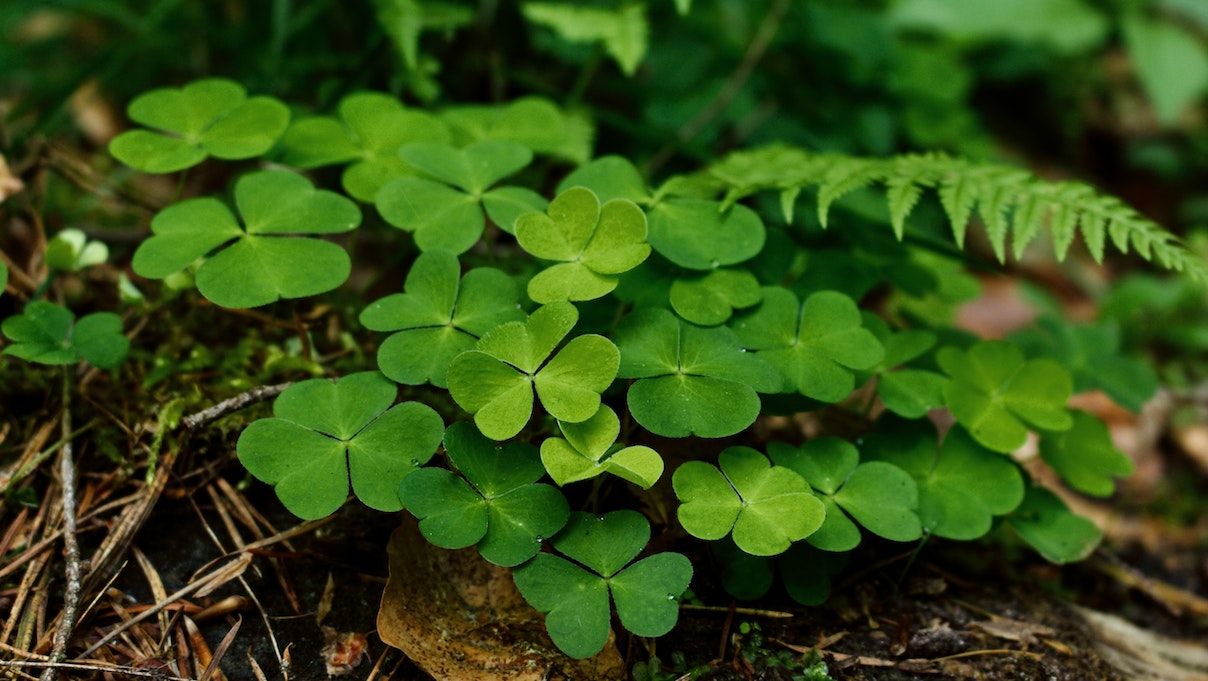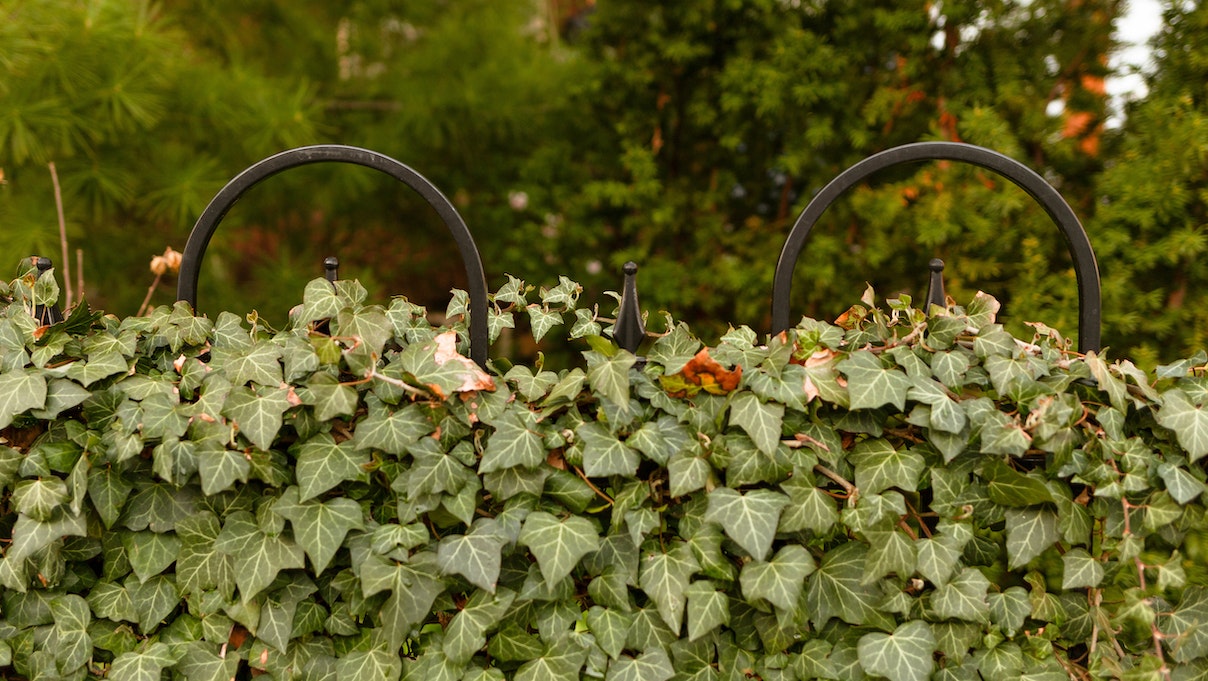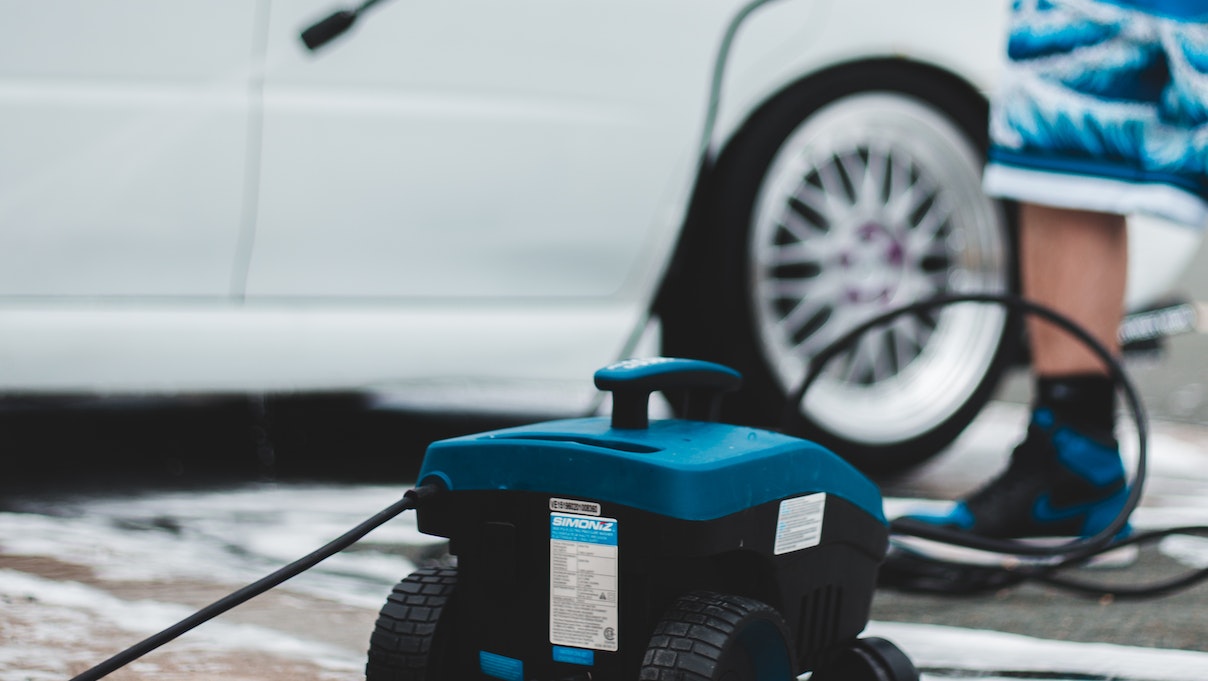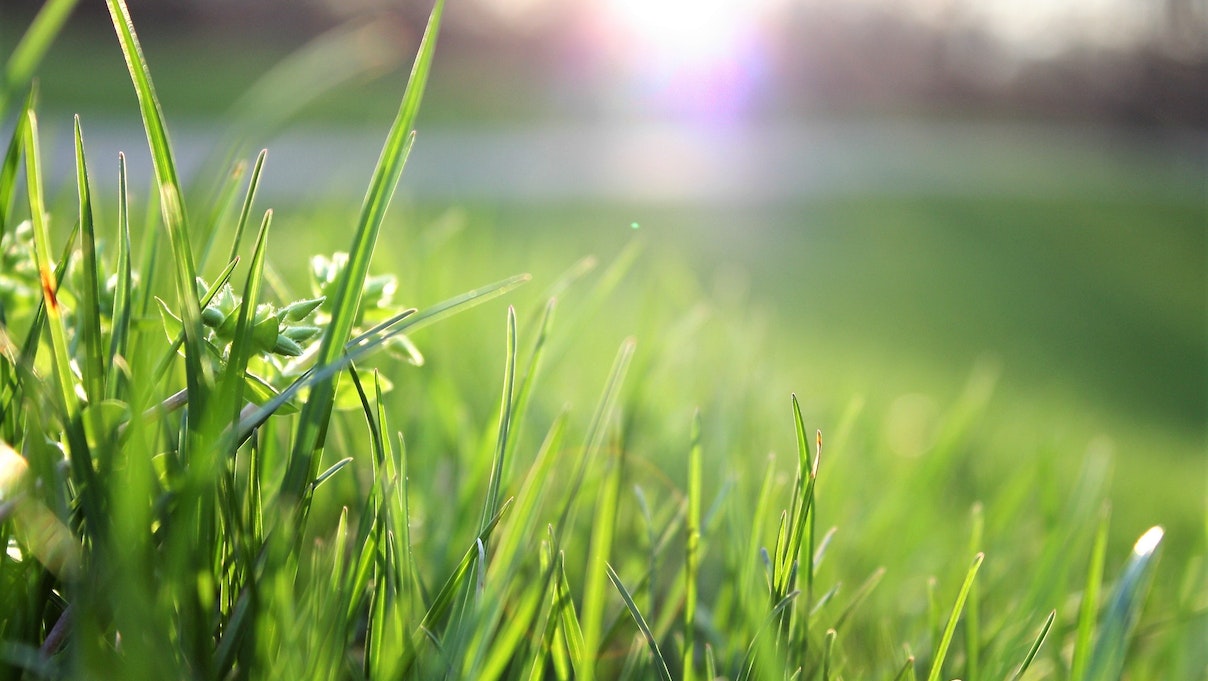White clover, a persistent perennial that grows low to the ground and makes it difficult to mow, is a major competitor to turfgrass. Because it can harvest nitrogen from the atmosphere and convert it into a usable form for plants, white clover can grow well in nutrient-poor soil where traditional turfgrasses struggle due to a lack of nitrogen. White clover may also tolerate hard winters. Follow our five crucial white clover removal tips to keep it from taking over your landscape.
1. Keep a healthy lawn
A healthy lawn can overpower and eliminate white clover, which is a weak competitor. Good soil, adequate moisture, and appropriate mowing height are the key factors in maintaining a healthy lawn. Turfgrass spreads more vigorously than white clover when growing in good soil and fortified with ample moisture, essentially eliminating it by growing into the clover colony and reducing its ability to capture sunlight. Warm-season grasses have different mowing height requirements than cool-season grasses.
2. Fortify Your Turf with Nitrogen
By delivering the nitrogen that turfgrass need, fertilizing your lawn can minimize or prevent white clover development. Synthetic nitrogen fertilizers can give nutrients quickly, but their misuse can be harmful to the ecosystem. When using them, carefully follow the instructions on the package. Alternatively, applying compost in the early spring and fall can naturally improve soil health and nitrogen availability, though the results may be slower than with synthetic fertilizers.

3. Wait for Fall If Using HerbicideÂ
The optimum time to apply broadleaf herbicides to remove white clover on lawns is in the fall. According to research, herbicides developed specifically for white clover should be administered when no rain is forecast for at least 24 hours following treatment. The herbicide should not be applied just before or after mowing, and product label instructions must be strictly observed.
4. Consider the CostÂ
When deciding on a course of action, the financial and environmental costs of removing white clover from a lawn should be considered. If you intend to engage a lawn care service, you should obtain quotations from trustworthy lawn care providers. Furthermore, using synthetic fertilizers or herbicides to control clover can be harmful to the environment and have a negative impact on pollinators.
5. Rethink Your TurfÂ
Consider organic weed management solutions that will not hurt your plants.
Controlling white clover is essential if you want a homogeneous lawn in your landscaping. If you want a mixed-species lawn, bee lawns are composed of turfgrasses and blooming plants such as white clover that grow at low mowing heights. Although mixed-species lawns are less neat and diverse than turfgrass lawns, they provide environmental benefits and create a lush gathering space.
Conclusion
With the right approach, getting rid of clover in your lawn can be achieved. Whether you choose to go the organic route or use synthetic methods, it’s important to weigh the financial and environmental costs of each option. A healthy and beautiful lawn is within reach with a little effort and patience.




